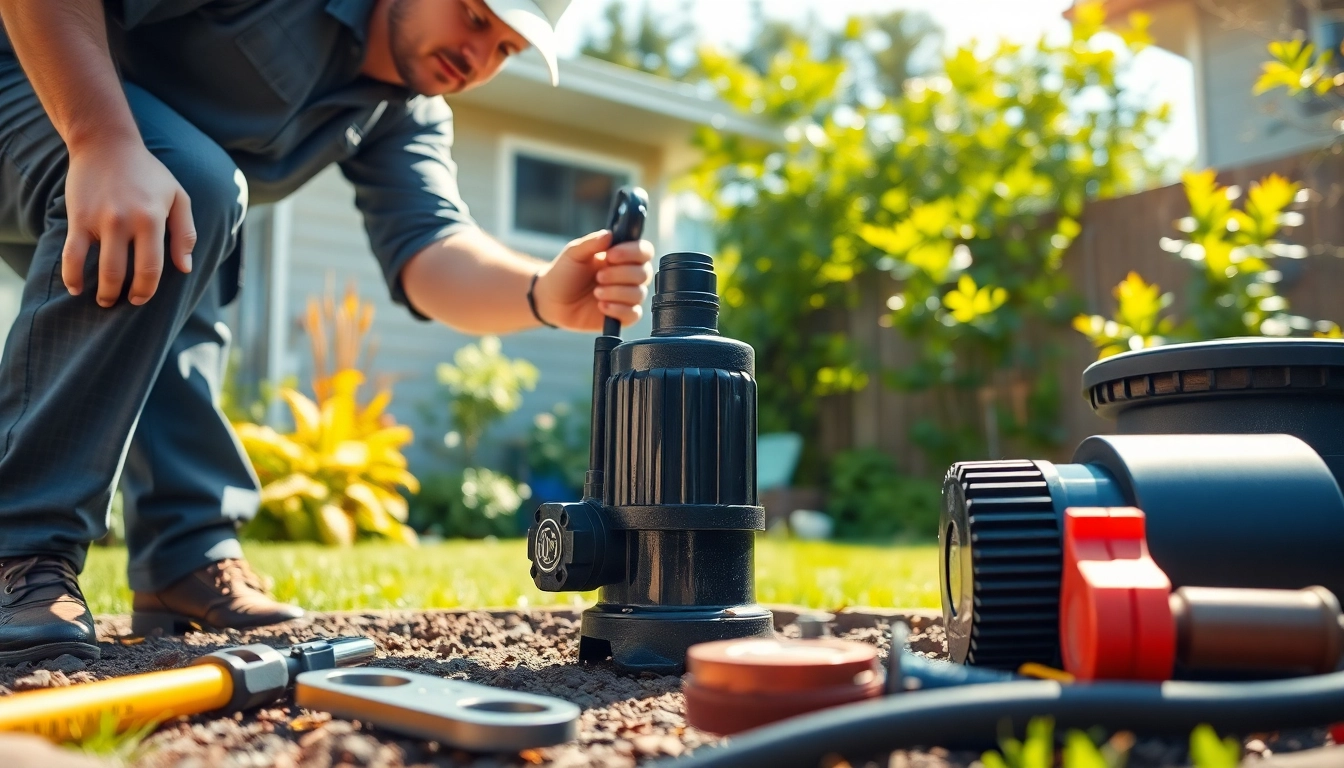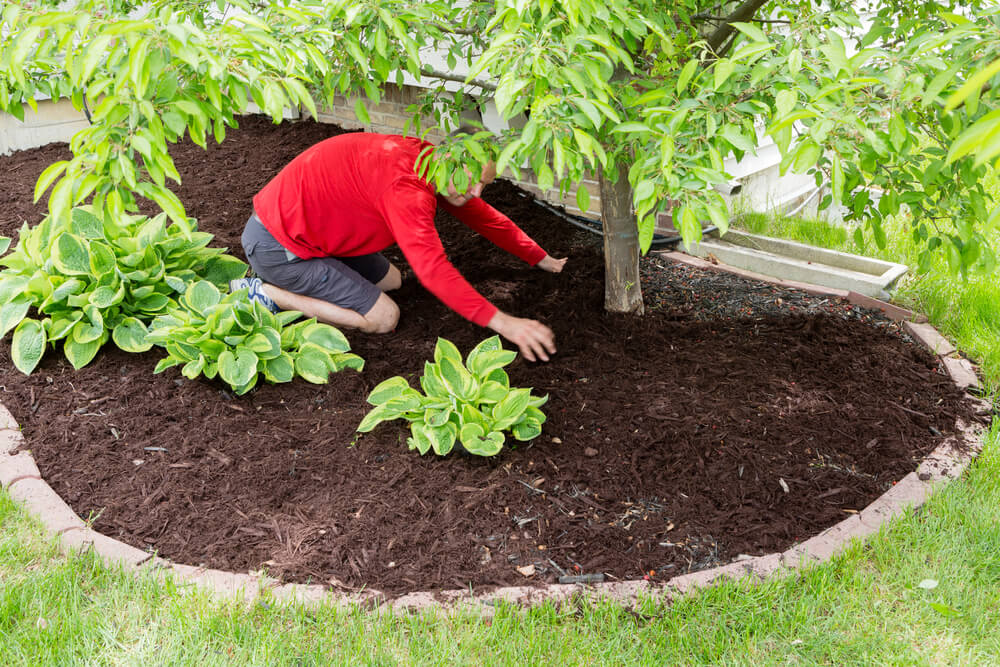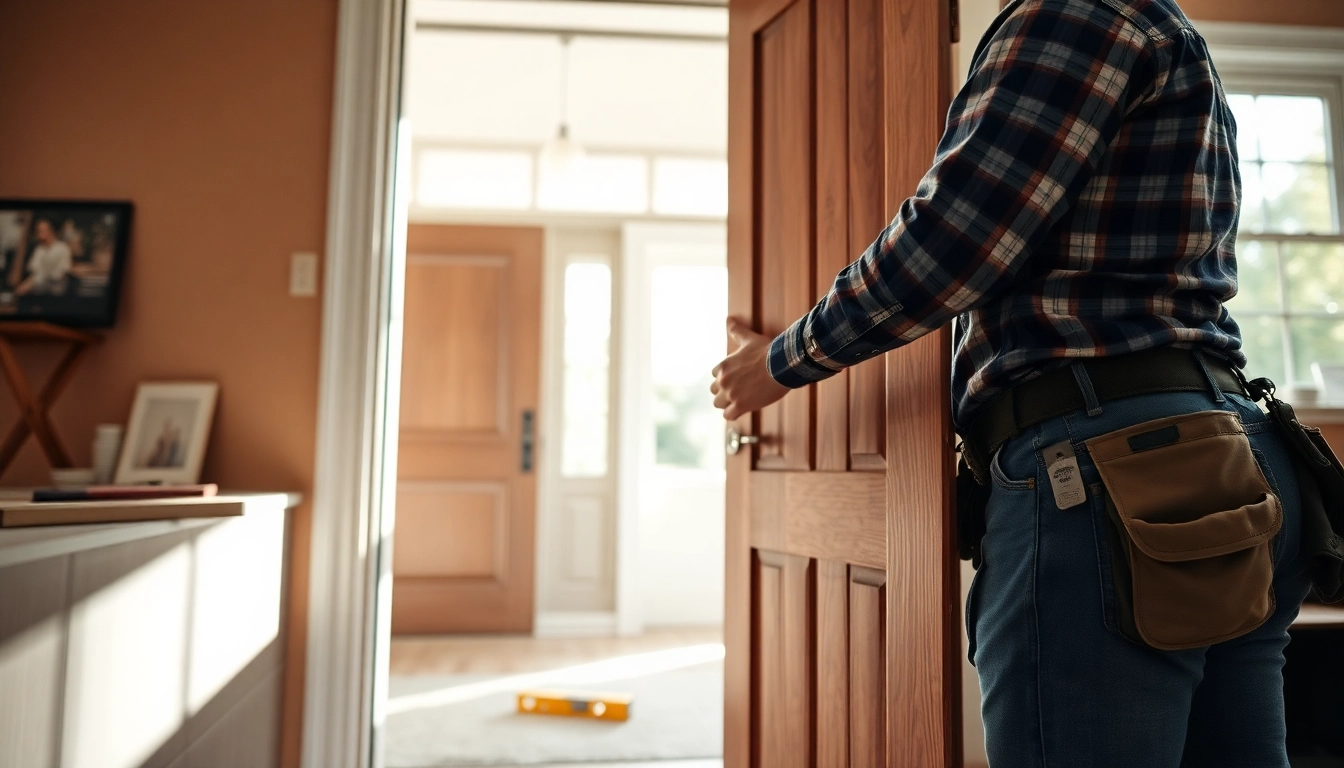Understanding Well Pump Replacement Basics
Replacing a well pump can be a challenging yet necessary task for homeowners relying on well water. The well pump is integral to ensuring that you have consistent access to water from your well. In this comprehensive guide, we will explore the essentials of well pump replacement, including what a well pump is, signs that indicate you may need a replacement, and the various types available. Understanding these basics is crucial for a successful replacement process.
What is a Well Pump?
A well pump is a mechanical device used to extract groundwater from underground aquifers. These pumps are crucial for homes that rely on well water, serving as the bridge between the groundwater source and your home’s plumbing system. There are primarily two types of well pumps: submersible and jet pumps. Submersible pumps are installed underwater, while jet pumps are situated above ground and rely on suction to draw water up. Each type of pump operates differently but ultimately serves the same purpose—providing access to clean water.
Signs It’s Time for a Well Pump Replacement
Recognizing when to replace a well pump is critical in maintaining an efficient water supply system. Here are some common signs that may indicate you need a well pump replacement:
- Low Water Pressure: If you notice a significant drop in water pressure during use, this could indicate a failing pump.
- Strange Noises: Unusual sounds coming from the pump, such as grinding or rattling, may suggest internal issues.
- Frequent Cycling: If your pump turns on and off frequently, this could be a sign of a malfunction.
- Inconsistent Water Supply: If you’re experiencing dry spells or intermittent water availability, it might be time for a replacement.
- Increased Energy Bills: A failing pump can work harder to maintain water flow, resulting in higher energy usage and utility bills.
Types of Well Pumps to Consider
Choosing the right type of well pump is essential for effective water management. The two primary categories of well pumps include:
- Submersible Pumps: These are designed to operate underwater, making them efficient for deep wells. They push water to the surface, ensuring a steady flow.
- Jet Pumps: Typically installed above ground, jet pumps use suction to draw water up from shallow wells. They are often utilized in residential settings with wells that are no deeper than 25 feet.
Each type has its advantages and suitability depending on well depth, water demand, and specific conditions. It’s important to assess your well’s characteristics before making a decision.
Assessing the Cost of Well Pump Replacement
Budgeting for a new well pump is a significant consideration for any homeowner. The cost of well pump replacement can vary widely based on several factors. Understanding these costs will enable homeowners to make informed decisions.
Factors Influencing Replacement Costs
The cost of replacing a well pump depends on various factors including:
- Type of Pump: Submersible pumps tend to be more expensive than jet pumps due to their complexity and efficiency.
- Depth of the Well: Deeper wells may require more expensive equipment or additional labor to install the pump.
- Labor Costs: Hiring a professional can significantly increase the overall cost. It is essential to obtain quotes from multiple service providers.
- Additional Repairs: If other components of your water system, such as pipes or electrical wiring, require repair or replacement, these costs will add up.
Expect to budget between $2,800 and $6,000 for a complete well pump replacement, although costs can vary based on individual circumstances.
DIY vs Professional Installation Costs
Deciding between DIY and professional installation is another factor that affects costs. Many homeowners consider replacing their well pumps themselves to save on labor costs. However, this option comes with its challenges:
- Skill Level: Installing a well pump requires specific tools and expertise. Lack of experience can lead to improper installation, resulting in further repairs.
- Time Commitment: DIY projects can take significantly more time compared to hiring a professional. Weighing your time versus cost savings is crucial.
Hiring a qualified professional usually ensures proper installation and peace of mind, which can be worth the additional expense.
Budgeting for a New Well Pump
When budgeting for a new well pump, homeowners should account for both the purchase and installation costs. Here are key components to consider:
- Pump Price: Research different brands and types of pumps to find one that fits your needs and budget.
- Installation Fees: Obtain quotes from multiple contractors to find a competitive rate.
- Permits and Inspections: Check if your local laws require permits for installation and factor in inspection costs.
- Maintenance Cost: Consider budgeting for future maintenance and potential modifications to your plumbing system.
Planning ahead and carefully estimating these costs will help reduce financial strain during the replacement process.
Steps Involved in Well Pump Replacement
Replacing a well pump with precision involves several key steps. Whether you choose to tackle the installation yourself or hire a professional, understanding the entire process can help ensure everything goes smoothly.
Preparing for Installation: Tools and Equipment Needed
Before diving into the replacement, gather the necessary tools and materials. Common items needed include:
- Pump hoist or winch (for submersible pumps)
- Pipe wrench
- Adjustable pliers
- Safety equipment (gloves, goggles)
- Replacement pump and associated fittings
- Electrical tools (if applicable)
Having the right tools ensures a smoother and more efficient replacement process.
Detailed Step-by-Step Replacement Process
Follow these detailed steps during the well pump replacement:
- Power Off: Before beginning, turn off the power to the pump at the circuit breaker to avoid any electrical hazards.
- Remove Old Pump: For submersible pumps, use a pump hoist to carefully pull the pump from the well casing. For jet pumps, disconnect the piping and electrical connections.
- Inspect the Well: Examine the well casing for any signs of damage before installing the new pump.
- Install New Pump: Follow the manufacturer’s instructions carefully for the new pump installation. Ensure all fittings are secure and watertight.
- Reconnect Electrical Supply: Once the pump is in place, safely reconnect the electrical supply.
- Test the Pump: Restore power and turn on the pump to check for proper operation and pressure.
- Monitor Performance: Keep an eye on the system for the next few days to catch any abnormalities.
Following these steps will help ensure a successful well pump replacement without unnecessary complications.
Post-Replacement System Checks and Balancing
After completing the pump installation, performing system checks and adjustments is vital:
- Water Quality Test: Check the water quality to ensure there are no contaminants post-installation.
- Pressure Settings: Verify that the pressure settings meet your household needs and adjust as necessary.
- Visual Inspection: Regularly check the fittings and connections for leaks or deficiencies.
- Monitor Usage: Keep track of water usage to detect any inconsistencies early on.
These practices will help maintain the longevity of your new pump and ensure consistent water supply.
Choosing the Right Well Pump for Your Needs
Selecting the appropriate well pump is crucial for achieving optimum performance. With so many options on the market, consider the following when making your decision.
Evaluating Pump Power and Size
Determining the right power and size for your well pump involves understanding your water requirements. Here are some key factors to consider:
- Flow Rate: Measure your household’s water usage in gallons per minute (GPM) to identify the required flow rate.
- Well Depth: Ensure that the pump you choose is rated for the depth of your well. A deeper well requires a submersible pump.
- Horsepower: The horsepower rating will affect how efficiently the pump can deliver water.
Choose a pump that meets your household demands while allowing for some extra capacity to handle peak usage times.
Matching Your Pump with Water Demand
Understanding your family’s water consumption patterns is essential when selecting a well pump. This understanding will help you select a pump that matches your demand:
- Peak Usage: Identify peak times when your household places additional demands on the water supply, such as during showers, laundry, and dishwashing.
- Daily Needs: Calculate your daily water use to determine a baseline for what your pump needs to handle.
- Future Needs: Consider potential changes in household size or lifestyle that may increase water demands.
Properly analyzing your water usage will ensure that your well pump operates efficiently without frequent cycling or the risk of burnout.
Key Features to Look for in a Well Pump
When shopping for a new well pump, keep an eye out for these essential features:
- Durability: Select pumps made from high-quality materials to withstand harsh conditions.
- Energy Efficiency: Consider pumps with energy-efficient motors to save on electricity costs over time.
- Noise Level: Look for quieter models if noise is a significant concern for your household.
- Warranty: Choose pumps with solid warranties to protect your investment against defects.
These features will play a significant role in ensuring the longevity and efficiency of your well pump.
Maintenance Tips for Prolonging Your Well Pump’s Lifespan
Regular maintenance is essential to prolong the life of your well pump. Implementing a few basic practices can prevent major issues down the road.
Regular Inspection and Maintenance Practices
Engaging in regular inspections can help catch potential issues before they escalate. Consider the following maintenance practices:
- Routine Checks: Regularly check for leaks, wear, or corrosion around your pump and components.
- Clean Screens and Filters: Ensure that all filters and screens are free from debris to maintain water quality and flow.
- Monitor Pressure Switches: Test pressure switches regularly to ensure accurate pressure readings and automatic operation.
Keeping up with these maintenance tasks will minimize unexpected failures and extend your pump’s lifespan.
Common Issues and Troubleshooting
Understanding the common problems that can occur with well pumps will enable you to troubleshoot them effectively. Be on the lookout for:
- Pump Not Turning On: Check for power supply issues or a faulty pressure switch.
- Water Unevenly Distributed: Inspect for clogs or restrictions in piping.
- Strange Noises: Investigate for obstructions or malfunctioning components if the pump produces excessive noise.
Addressing these common issues promptly will help keep your well pump in optimal condition.
When to Consider a Well Pump Upgrade
Sometimes, instead of replacing individual components, a complete well pump system upgrade may be more beneficial. Consider upgrading if:
- Increased Water Demand: Your household’s water needs have grown beyond what your current pump can handle.
- Outdated Technology: Older pumps may not offer the efficiency or reliability of newer models.
- Frequent Repairs: If your pump requires frequent repairs or is continually failing, it might be time for a complete system update.
In such instances, investing in a new, more efficient pump can save money in the long run while improving your household’s water supply reliability.


